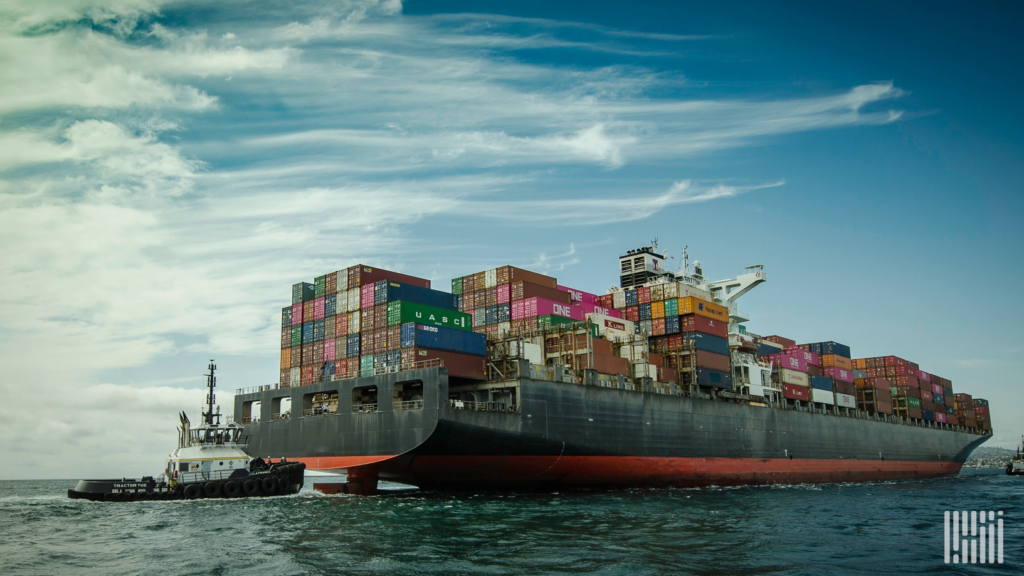The strain on supply chains keeps increasing. Manufacturers have been fighting to pull their supply chains through a myriad of obstacles from market disruption to pandemic turmoil to inflation. With a recession just around the corner, there are even more risks that demand attention.
Manufacturers have managed a complex combination of supply chain factors like raw material prices, freight and transportation costs, energy costs, wages, and other labor concerns. Now, the World Bank has said that the increase of interest rates are combining with some of these factors to push the global economy toward a recession. This could upset a supply chain balance by adding…
- Constrained cash flow
- Increased costs
- Unpredictable demand
- Uncertain product availability
- Insufficient warehouse space
- Inconsistent supplier performance
- Excess inventory
Even small changes in demand can have a bullwhip effect with exacerbated impacts back through the supply chain. That’s a lot to manage, and many of these factors aren’t likely to stabilize in the near future.

To weather the latest recessionary risks, manufacturers need a new approach…
First, manage short-term cost pressures.
Many manufacturers need to take quick action to address the growing supply chain issues with costs, cash and service:
Cost
Before you cut your costs, make sure you understand them. Your first step is to quickly analyze and reforecast your fixed and indirect costs based on any new supply chain impact. That recalculation will drive many of the decisions and priorities that follow. Protect your long-term assets, scalability, relationships, service levels, operating margins and other factors for future success as you weigh potential cost control measures. Cost control measures can affect hiring and workforce; overall equipment effectiveness and productivity; spend analytics and strategic sourcing events; and contract optimization and rationalization with vendors and providers.
Cash
It’s good to have cash. Your cash flow might take a hit in a recession, but make sure you keep the right priorities in mind as you look at ways to rebuild flow. Manage your working capital and capital expenditure strategy to increase cash flow while protecting the investments that are key to your strategic vision. If you find places to cut costs, consider how you can invest some of that cash to drive the efficiency, capabilities and technology that will quickly help build your gains and momentum.
Service
You need to keep the customers that are worth keeping. Look at your sales, demand planning, customer segmentation, and other current analysis with future projections so that you can understand how to prioritize your service to customers. Scenario planning can be a critical tool as you try to ensure consistent service. If you slow down production or make other changes that might affect your delivery, make sure you are doing what you can to take care of the customers who will take care of you.
Then, continue to develop more long-term supply chain resilience.
These are challenging times. That can drive manufacturers to make some decisions that cut off their future. Even as businesses manage the current pressures from the recession, you need to keep an eye on your long-term resilience. So, manufacturers need to build their agility, resilience and scalability for the long term.
Agility
Is the company ready for change? Many manufacturers have already looked to use independent contractors and temporary workers for agility and seasonal work. They might also need to consider where they can outsource non-core functions, but still maintain the skills, talent and culture that differentiate them from the competition. With agility, the ability to respond has value beyond a pure cost calculation.
Resilience
To build long-term resilience, manufacturers need strategic operations planning in place. These operations should be coordinating their plans across demand, supply and finance so that every area is pushing the same way toward success. Businesses should also reassess the balances they have set for decisions like make versus buy, offshore versus re-shore and insource versus outsource.
Scalability
To improve scalability, manufacturers need to stay aware of their options and their probable impacts. They should ensure that their scenario planning gives them a clear understanding of where, when, and how they have chances to scale. Businesses should integrate their systems now, for seamless real-time communication across inventory, purchasing, pricing, and other functions.
Look ahead.
Inflation and pandemic pressures have already driven manufacturers to consider efficiencies and cut costs. Recessionary risks and other challenges could push manufacturers to go too far and sacrifice their competitive viability for the future. That’s why manufacturers must consider their long-term agility, resilience and scalability as they make moves to reallocate cash, reduce costs and maintain the right level of service. As supply chain volatility continues, manufacturers must become increasingly sophisticated about how they maintain resilience.
Sources:
https://www.gartner.com/en/articles/supply-chain-leaders-its-time-to-rethink-your-recession-playbook



